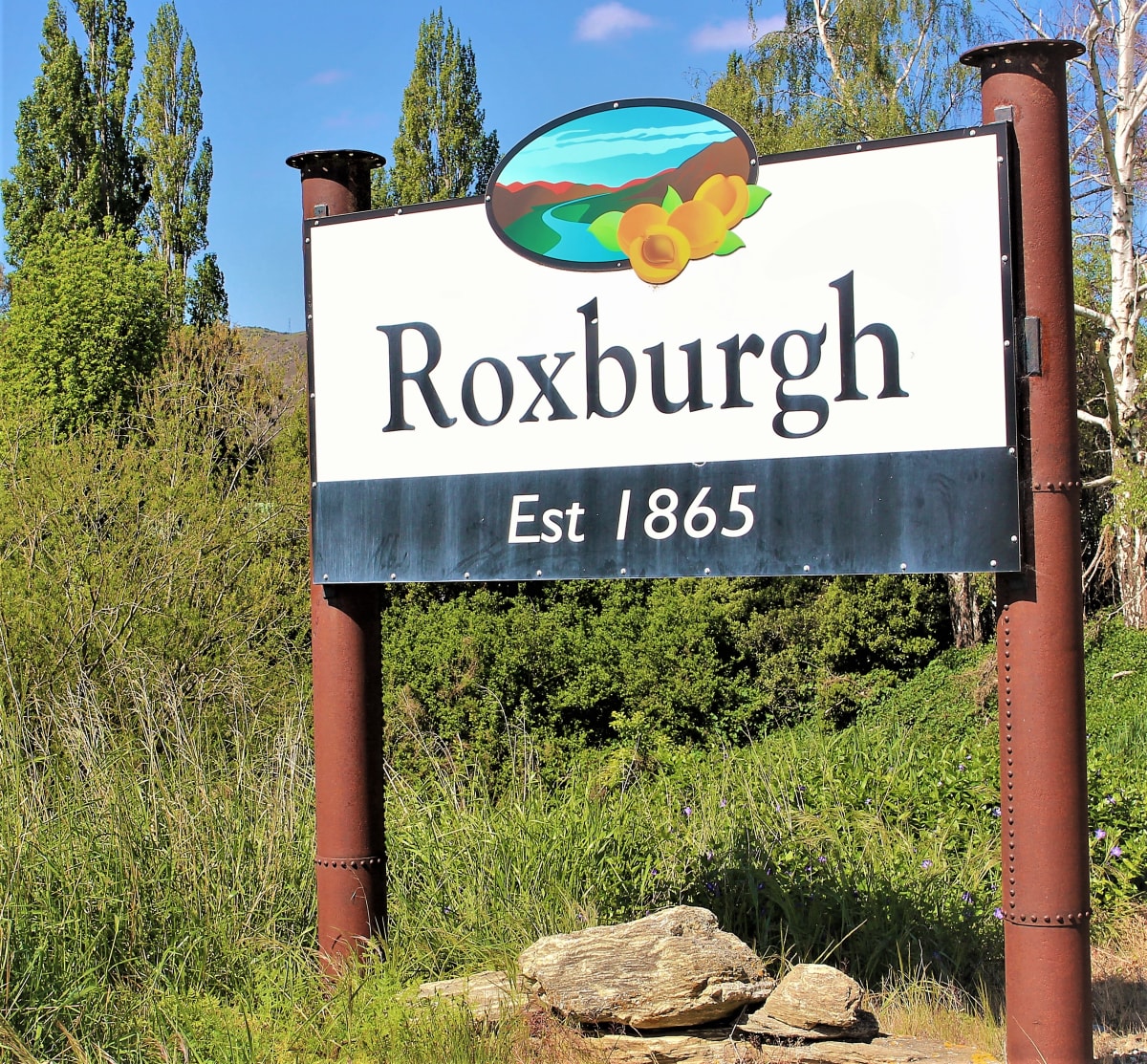
Officials working on the NZ Battery Project acknowledge a workforce of 4000 descending on tiny Roxburgh would see locals “shoulder the impact” of a scheme with national benefits
As D-Day looms for New Zealand’s biggest-ever hydroelectric power project a new report predicts it would cause significant social disruption.
But monetary compensation for the upheaval caused by the Lake Onslow pumped-hydro scheme near Roxburgh has been hinted at for the first time in the government report released yesterday.
The decision whether work will continue on the NZ Battery Project’s Central Otago option, in the form of compiling a detailed business case, is expected in July.
The project is touted as a solution for a looming national energy shortage, ensuring a steady supply of environmentally friendly power even through consecutive dry years of low hydro lake levels.
Extending a high-altitude lake, building a 90m dam and underground powerstation, tunnelling through 16km and creating a riverside reservoir would, however, involve earthworks of an enormous scale.
For Central Otago and particularly the picturesque town of Roxburgh social disruption on a large scale could also result.
Roxburgh, home to fewer than 1000 people (588 at the 2018 census), has one of New Zealand’s highest percentages of retirees as residents.
The Ministry of Business, Innovation and Employment’s social-impact report outlines how such disruption could occur over a five- to seven-year period of construction.
It acknowledges the local community would “shoulder the localised impacts for a scheme designed to bring national benefits”.
“A rapid influx of contractors, workers and job seekers is likely to strain the housing market, social services, community facilities and social cohesion in larger towns and small communities, requiring an active programme of mitigation and management.”

The major reshaping of the landscape by up to 4000 workers is expected to cause such negative social effects as noise, dust and road hazards, including for farmers moving stock.
Work up at the popular fishing lake itself - a bumpy 40-minute drive from Roxburgh - would also hit the community through the loss of wetlands, ecological values, recreational activity, holiday huts and public access.
Farmers, in limbo as they wait for the government to decide it’s next move on the project, are acknowledged in the report.
The loss of farmland to a larger lake is an “important local concern” as are effects on irrigation, potable water and the existing small-scale power schemes on the Teviot River.
If the scheme goes ahead, the report says, farmers will need to adjust their landholdings and farming systems.
Upside too
Economic benefits are possible for businesses and the report hints at worker housing being built in neighbouring towns where new residential zones are being set in place by local government to manage growth.
A form of monetary compensation for the community is mooted - something local leaders have articulated a need for.
“… there is potential to support social, community and iwi development initiatives in the longer term through a benefit-sharing mechanism such as a community fund,” the report says.
The $15.7 billion project is being looked at alongside an alternative power-generation portfolio approach combining a mix of green technologies and projects to remove reliance on fossil fuels.
An alternative pumped-hydro scheme at Moawhango, near Waiouru, is also in the mix and the subject of a “pre-feasibilty” study, MBIE says.
Minister of Energy and Resources Megan Woods is expected to report back to Cabinet this winter to seek approval to begin a detailed business case for whichever option that might include.
This next stage of the NZ Battery Project could cost $69 million and would involve preparation of detailed designs and analysis plus work on potential operating models of the preferred option or options chosen.
It would also look at their effect on the energy market and could take until the end of 2024, depending on which option goes ahead.
The final decision on what will be built may not be made for another four or five years.
The compilation of a detailed business case is being “scoped” for the Onslow option and a full social impact assessment would be part of that if it goes ahead.
Made with the support of the Public Interest Journalism Fund








